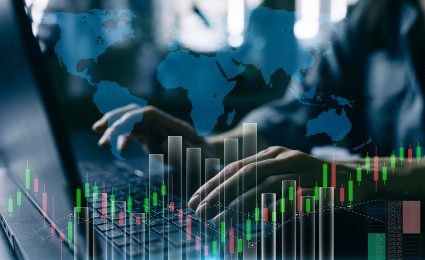Post-pandemic it is unclear how to deleverage. If debt is put to productive use, such as
investment in infrastructure
(as opposed to a more consumptive use) and growth generated thereof exceeds real interest rates, debt can be "good". However, an analysis of long ranging timelines of marginal debt productivity is showing a downward trend.
Rising debt, particularly at the state level, often leads to concerns regarding intergenerational equity and future generational debt burdens. But this is a case of 'be careful what you wish for' – debt level reductions go hand in hand with often wide-ranging cutbacks. It is therefore important to balance debt reduction.
How companies can take advantage of megatrends
Business is entering a new era – globalization is slowing, and companies must thus reassess their target markets under new and differentiated viewpoints. Adapting product and service offering to newly emerging markets is key. Since protectionism can make it difficult to deploy employees across borders, companies should increasingly focus on using and promoting local talent. This builds trust in the country and supports decentralized decision-making by companies.
The vulnerability of international supply chains as seen during the latest global crisis has highlighted that companies must factor in more flexibility and resilience in their
operations strategy
by reducing levels of dependencies regarding raw materials as well as trading partners. This will ensure greater levels of security in times of crises.
Sustainability is and will remain an ongoing topic affecting all sectors in a myriad of ways. In particular, it must be investigated where CO2 can be saved in the value chain, because the price of CO2 emissions will continue to rise. Companies must habitually screen and prepare for regulatory changes – but it can pay to see regulation as an opportunity to explore financial incentives offered to support a sustainable transformation.
With greener credentials in mind, it also pays for companies to meet ESG criteria, as investors and lenders are increasingly targeting green(er) projects. Given this background, companies should review current and planned (re-)financing of assets for environmental aspects, inter alia, and adjust accordingly if necessary.
![{[downloads[language].preview]}](https://www.rolandberger.com/publications/publication_image/RB_Cover_433_Trend_Compendium_2050_Megatrend_4_download_preview.png)

















